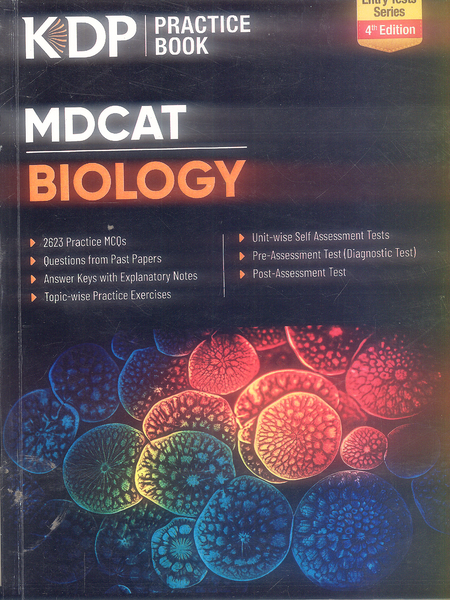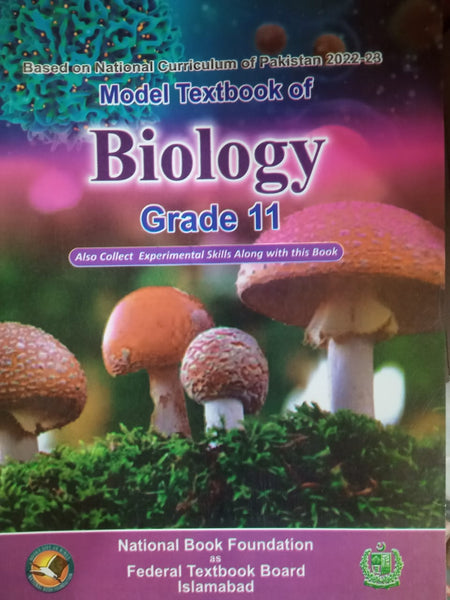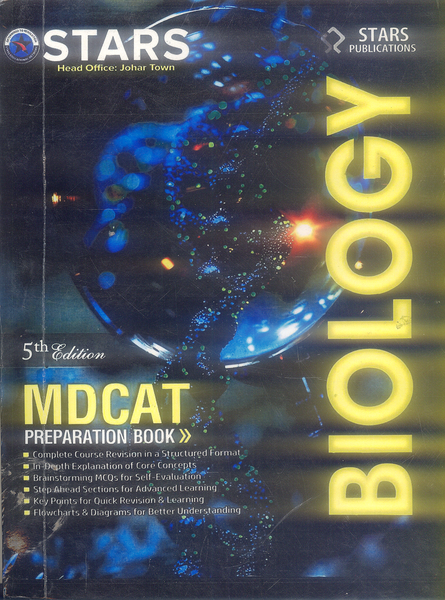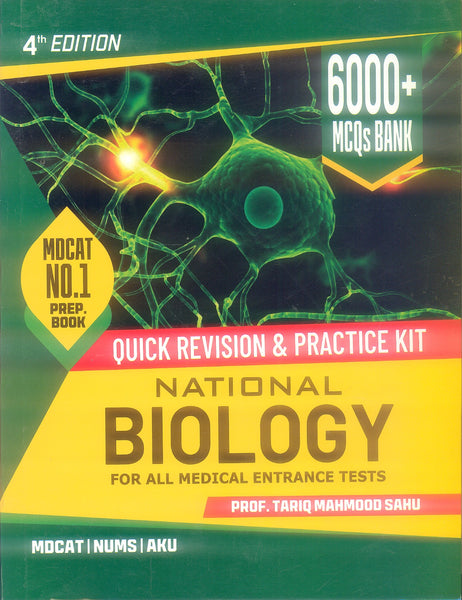Plant Gravitropism: Methods and Protocols 2nd Edition by Elison B Blancaflor (Editor)
- Publisher: BIOLOGY
- Availability: In Stock
- SKU: 49104
- Number of Pages: 334
Rs.760.00
Rs.1,090.00
Tags: 2nd edition , auxin signaling , best books , Best Price , Best Selling Books , cellular responses to gravity , Elison B. Blancaflor , environmental factors in plant growth , experimental protocols , gravitropic assays , gravitropic response , gravitropic signaling , gravitropism in roots , gravitropism mechanisms , gravity perception , gravity sensing , ONLINE BOOKS , Online Bookshop , plant behavior , plant biology , plant biomechanics , plant cell biology , plant development pathways , plant experimental models , Plant Gravitropism , Plant Gravitropism: Methods and Protocols , plant growth analysis , plant growth regulation , plant growth regulators , plant hormones , plant molecular biology , plant research techniques , plant stress responses , root gravitropism , root growth , shoot gravitropism , signal transduction in plants , tropic responses , tropism mechanisms
📘 Title Name: Plant Gravitropism: Methods and Protocols (2nd Edition)
✍️ Author/Editor: Elison B. Blancaflor (Editor)
Quality: Black White Pakistan Print
🔹 Introduction:
This edition explores the experimental and analytical approaches used to study plant gravitropism, providing protocols that support researchers in plant biology and molecular studies.
🔑 Key Points:
-
Offers advanced protocols to study gravity-sensing mechanisms in plants.
-
Includes molecular, cellular, and imaging techniques to analyze plant responses.
-
Valuable for researchers in plant physiology, botany, and related biosciences.

























